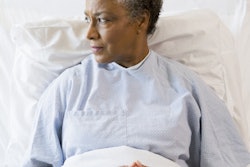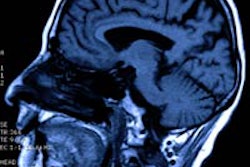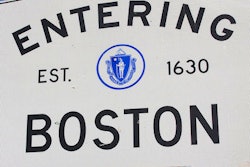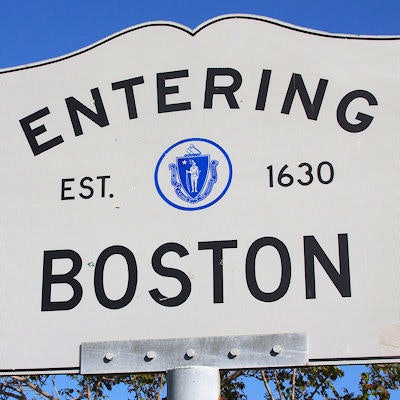
BOSTON - A patient outreach program essentially eliminated the treatment gap between the number of black and white patients who received radiation therapy for early-stage lung cancer, according to a paper presented on Monday at the American Society for Radiation Oncology (ASTRO) conference.
Rates of curative treatment for early-stage lung cancer in African-American patients have historically been lower than those of white patients, leading to higher death rates for blacks. This is despite the fact that many patients with early-stage lung cancer can be cured with minimal side effects, according to Dr. Matthew Manning, a radiation oncologist at Cone Health Cancer Center in Greensboro, NC, and lead author of the study presented at ASTRO 2016.
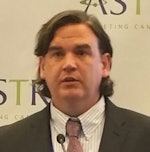 Dr. Matthew Manning from Cone Health Cancer Center.
Dr. Matthew Manning from Cone Health Cancer Center.With support from the U.S. National Cancer Institute, the researchers sought to counter this trend using a coordinated patient outreach program called Accountability for Cancer Care Through Undoing Racism and Equity (ACCURE). The intervention consisted of the following:
- Deploying electronic health record software that signaled cases in which a patient missed an appointment or treatment milestone
- Using nurse navigators who were trained to deal with race-related barriers to care
- Presenting race-specific feedback on treatment to care teams
- Conducting health equity training sessions every three months for healthcare staff, with content drawn from evidence from community-based participatory research
Manning and colleagues found that the ACCURE program was effective in improving treatment completion rates for black patients. They analyzed its effectiveness in a group of 100 patients, 25% of whom were black, compared with a rate of 13% in the local population.
Primary outcomes were rates of receiving two curative rounds of either stereotactic body radiation therapy (SBRT) or surgical resection. For baseline data, the researchers used medical records for all patients, a total of 2,044, who were treated between 2007 and 2011. Meanwhile, records for all patients treated between 2014 and 2015, consisting of 393 individuals, served as a control group.
The ACCURE intervention boosted treatment rates of surgical resection or SBRT for all black patients who received the intervention, the researchers found.
| Treatment rates with ACCURE | ||||||
| Race | Baseline, 2007-2012 | ACCURE, 2013-2015 | Control, 2014-2015 | |||
| Resection + SBRT | Resection only | Resection + SBRT | Resection only | Resection + SBRT | Resection only | |
| Black | 64% | 55% | 96% | 80% | 85% | 57% |
| White | 76% | 61% | 96% | 79% | 87% | 55% |
The ACCURE intervention basically eliminated racial disparities in treatment rates for the patients in the study, the authors noted.
In addition, rates of treatment with SBRT in the control patients increased compared to baseline. The researchers said this could be due to what they called a spillover effect, in which patients who weren't enrolled in the trial may have benefited from staff training and other changes at the center.
The findings show that inequities in treatment can be addressed through effective interventions such as the ACCURE program, according to Manning.




